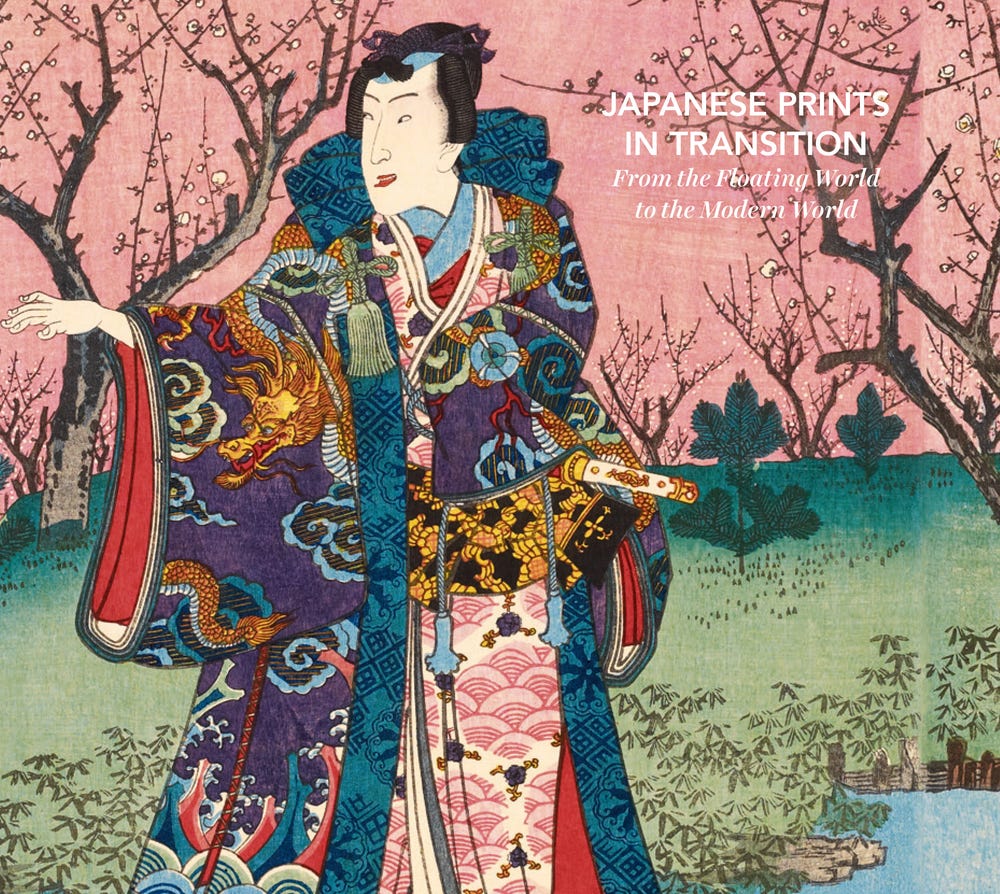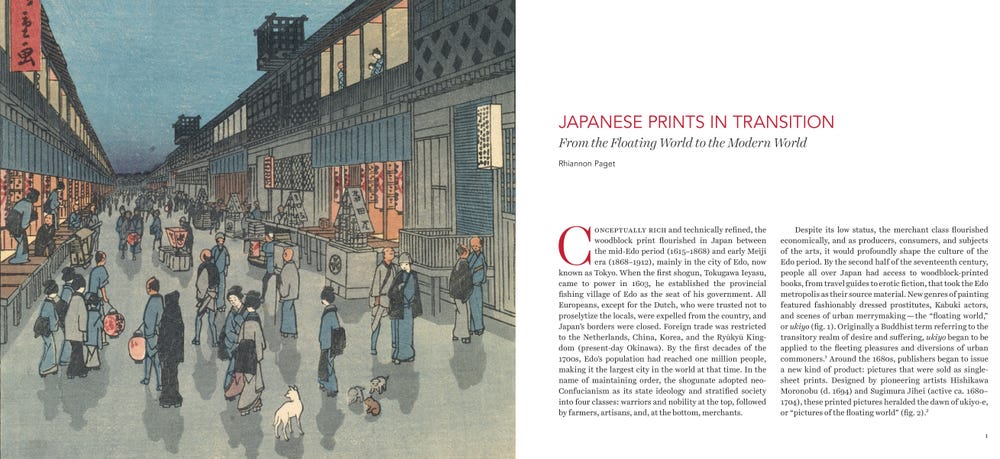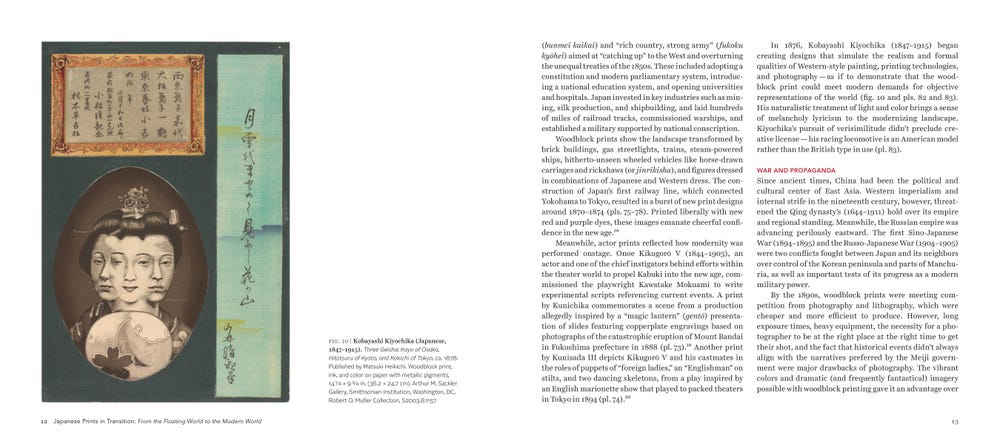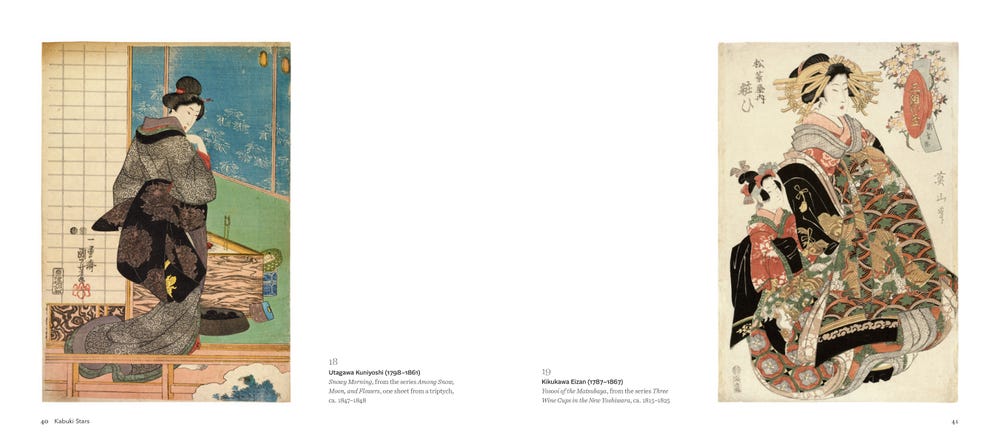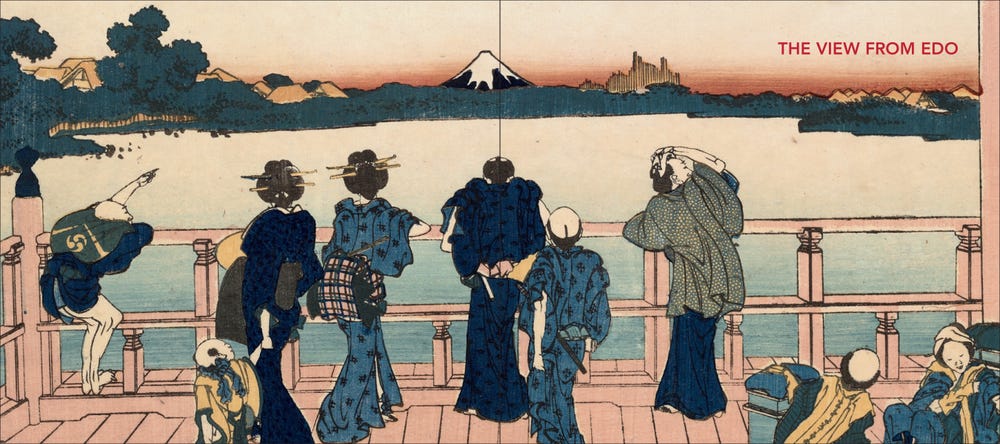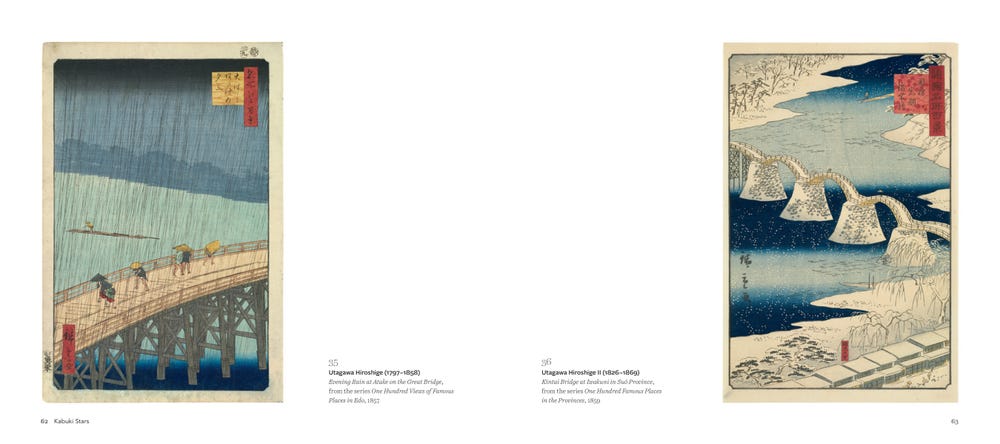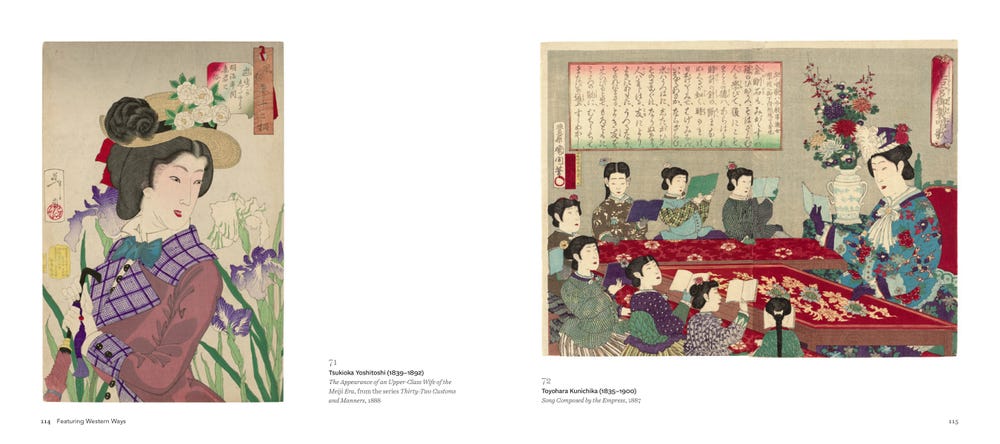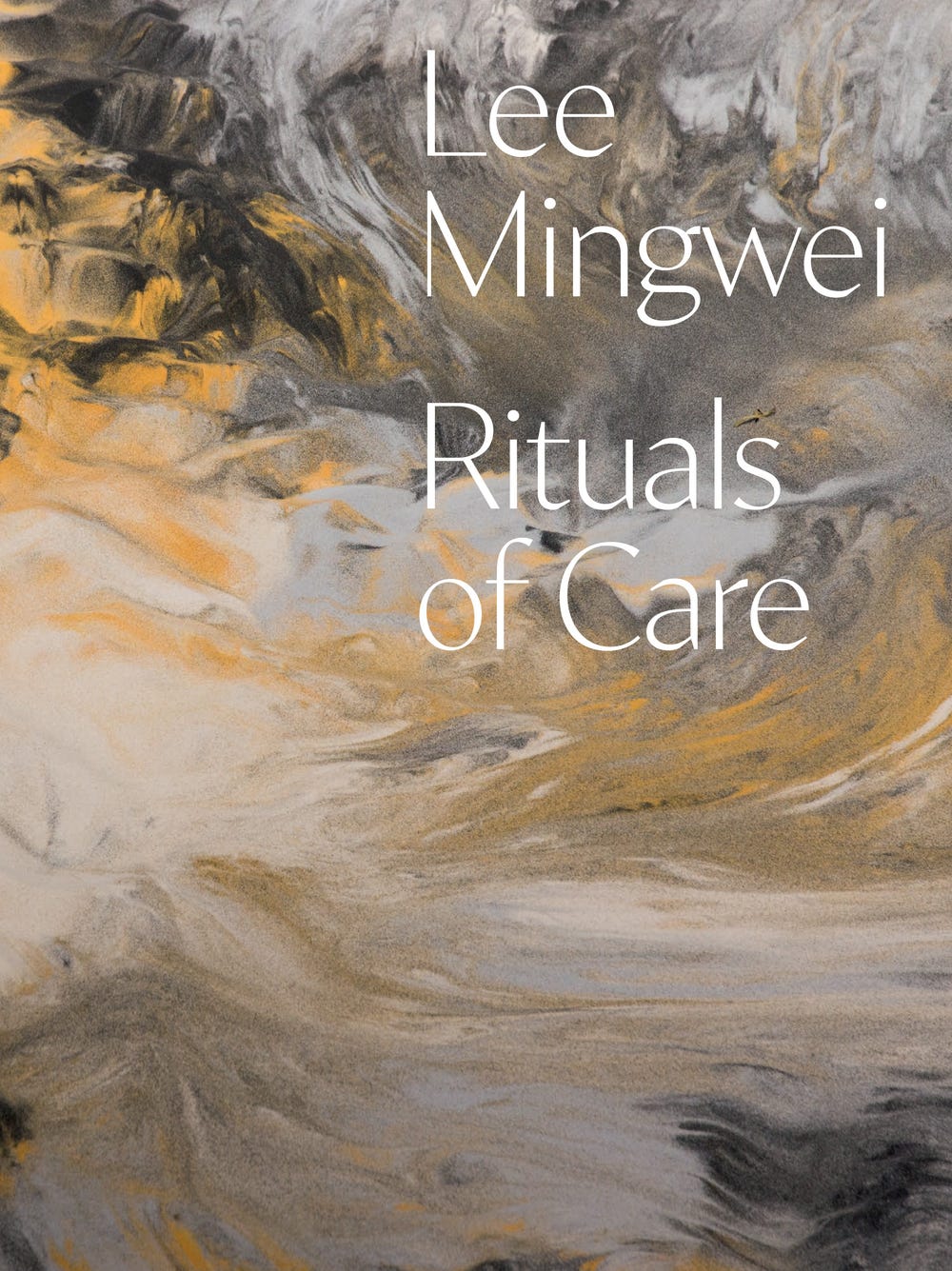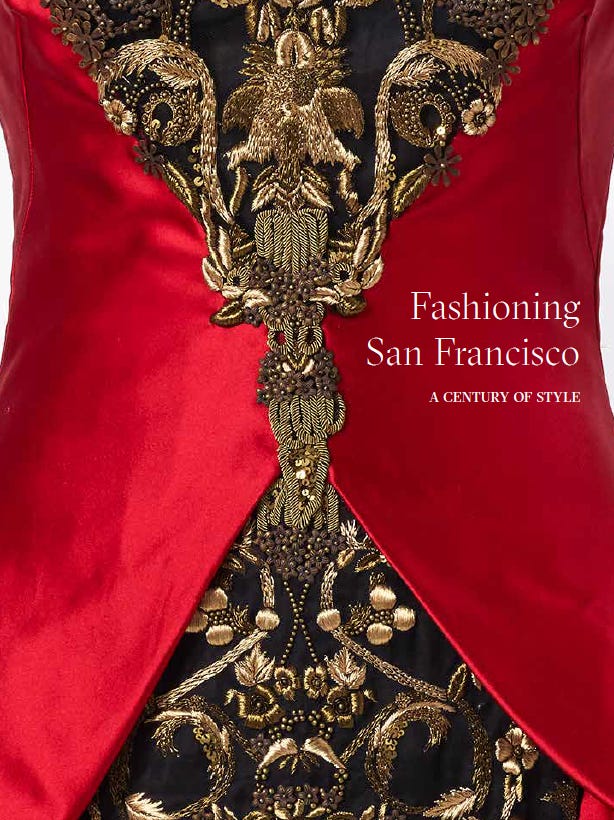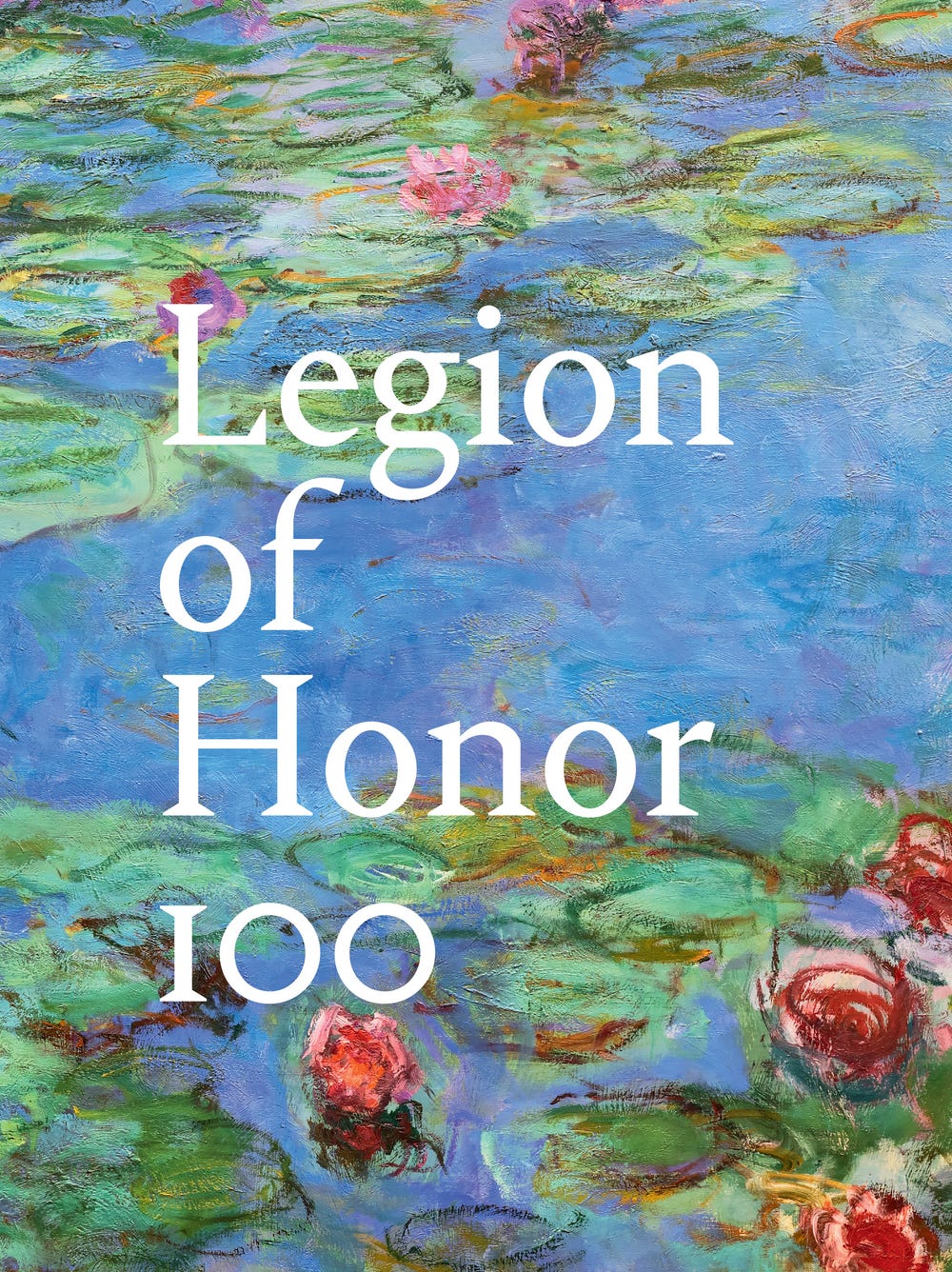Japanese Prints in Transition: From the Floating World to the Modern World
Karin Breuer and Rhiannon Paget
Japanese print culture, which had flourished for more than a century with the production of color woodcuts, dramatically changed course in 1868 following the overthrow of the shogun and the elevation of an emperor who promoted modernization and engagement with the West.
Japanese Prints in Transition: From the Floating World to the Modern World tells the story of this artistic shift, presenting outstanding examples of prints from both eras — the “floating world” and the modern world — and documenting the stylistic evolution of woodcuts from delicately colored images featuring Kabuki actors, courtesans, landscapes, warriors, and myths to brightly colored scenes depicting Western architecture, railroad trains, steam-powered ships, Victorian fashions and customs, and modern military warfare.
Beautifully illustrated with more than ninety woodcuts drawn from the permanent collection of the renowned Achenbach Foundation for Graphic Arts, including works by many of the best-known Japanese-print artists such as Harunobu, Utamaro, Hokusai, Hiroshige, and Yoshitoshi, this elegant volume also features an essay tracing the history of this beloved medium to provide a captivating overview of an extraordinary revolution in Japanese art.
Authors
Karin Breuer is the curator in charge of the Achenbach Foundation for Graphic Arts at the Fine Arts Museums of San Francisco. She has previously written about the Museums’ collection of Japanese prints for the exhibition catalogue Japanesque: The Japanese Print in the Era of Impressionisms (2010).
Rhiannon Paget is the curator of Asian art at the John & Mable Ringling Museum of Art in Sarasota, Florida. Most recently, she organized the exhibition Saitō Kiyoshi: Graphic Awakening and edited its accompanying catalogue.
